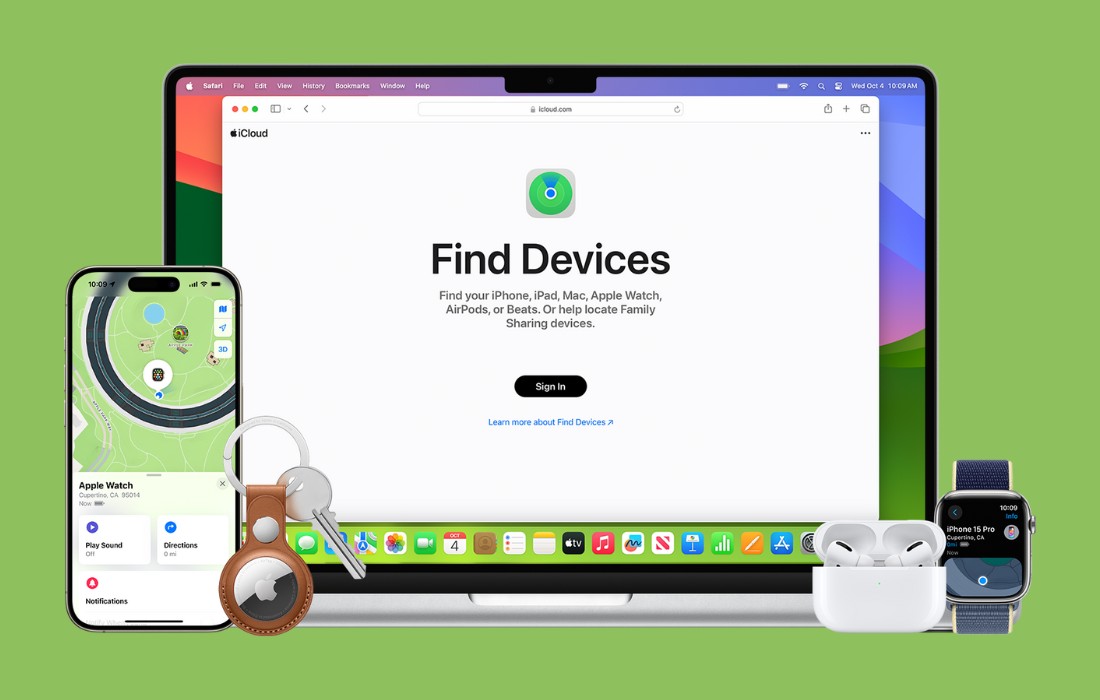Whenever you settle in to write a blog post, one of the first things you need to decide is what perspective and point of view you’re going to take. You probably don’t even consciously think about it; it’s just part of the style you’ve developed over time. Then you may wonder, is your POV holding you back? Does Google prefer content written in one POV over another? It’s a question with a surprising amount of depth, so let’s dig in and see what we find.
Table of Contents The Five Different Points of View
- First-Person
- Second-Person
- Third-Person
- Fourth-Person
- Fifth-Person and Beyond Does Google Care? Does Your Audience Care? 30 Second Summary When deciding on the perspective to adopt while writing a blog post, consider your audience and the message you intend to convey. You can choose from five viewpoints: first-person, second-person, third-person (limited and omniscient), fourth-person, and fifth-person. Google doesn’t necessarily prioritize any specific point of view. However, it may penalize inconsistency in perspective, which could signal low-quality content. Ultimately, choose the perspective that resonates best with your audience, regardless of what you think Google may prefer.
The Five Different Points of View You’ve probably heard of first-person and third-person before. These are the two most common points of view in fiction writing, so they’re the ones most commonly discussed. They’re also the two modes that a camera in a video game (or other piece of visual media) can take. But did you know there are other POVs as well?
There are five in total.
1.First-Person First-person point of view is writing or other media created from the point of view of the character in the scene. It uses pronouns like “I” and “We” to describe what’s going on.
“I’m here today to talk about the point of view in writing, and what it means when we write in different points of view.”
First-person POV is more immersive and personal. In a first-person video game, you have a personal view of what’s going on; shooters and walking simulators are prime examples. First-person is rarely used in cinema, but when it is, it’s used to good effect to limit the information and framing of a scene. In blogging, the first-person point of view is effective for bringing a personal touch to what you’re writing. A food blog describing the time they went out to eat somewhere, had a delicious meal, and wanted to replicate it, or a travel blog talking about a specific trip they went on, are examples of a first-person form of blogging.
First-Person Blog Post First-person blogging is, however, limited; when you’re casually discussing personal experience, you lose out on some of the authority of being a brand or thought leader in certain spheres, particularly when data is more important than experience. If the CDC wrote their missives in first-person, even more people would distrust them than they already do.
2.Second-Person Second-person viewpoints are interesting, because they seem unusual when you’re thinking about them initially, but when you realize how they work, they’re suddenly a lot more intuitive.
Second-person uses the pronoun “you” and varies in usage across different kinds of media. In movies, it only happens when a character in the film breaks the fourth wall and talks to you, the audience member, directly. The same goes for video games. In writing, it’s addressing the reader, not as if someone is telling you a story, but as if the story is happening to you. The biggest example is the Choose Your Own Adventure series.
Choose Your Own Adventure Series What about in blogging, though?
“You’re wondering whether or not the perspective in a blog post matters. You seek out information about the subject, and it has led you here. What do you learn?”
I actually write all of my blog posts in a mixture of first- and second-person perspectives. I don’t frequently step in with the personal pronouns, but I do commonly address you, the reader. Just check out the intro to this very post! However, I consider it to be first-person writing because it’s framed as me addressing you rather than you experiencing all of this research for yourself.
3.Third-Person While I said there are five different points of view, that’s a point of contention. Some people consider there to be only four because two of them are variations of third-person perspective. The two versions are Limited and Omniscient.
Third-person, in general, uses pronouns like He, She, They, and It in narration. In storytelling, this is the most common form of writing because it allows an author to explore a scene without being restricted to the point of view of a particular character’s vision quite as much. Most movies are shot in the third person, and video games with a third-person camera show the characters and action from a camera that isn’t tied to the eyes of a character.
“Bloggers in general often need to decide what kind of perspective to use in their blogs. Do they pick first-person, second-person, or third-person? Are there other options?”
So, what’s the difference between the different kinds of third-person perspective?
Writing a Blog Post in Third-Person Limited third-person follows one person and their thoughts but doesn’t get a glimpse into the thoughts of other people in a scene. The main character has an inner world to explore; other characters are exactly as much of an enigma as anyone is in real life for anyone who isn’t psychic.
Omniscient third-person follows a scene and is willing and able to get glimpses into the thoughts and feelings of different characters. “Dave felt pleased with himself over the pun he told; Jenna, though, was infuriated.” It’s the “God” perspective that can see inside the heads of everyone in a scene to present it objectively.
There’s technically a third form of third-person, which is Objective third-person. This is really just an even more limited version of limited, where even the POV character doesn’t get their thoughts and feelings aired to the audience.
In terms of blogging, you’re either dealing with limited or objective third-person since you can’t really narrate what your audience is thinking. In fiction, it’s the opposite.
4.Fourth-Person Fourth-person POV is an odd one. For decades, centuries even, common knowledge has been that there are only three POVs. Even amongst those who recognize a fourth-person POV, the exact definitions vary. Usually, though, it’s an interesting hybrid of first-person and third-person, a sort of first-person omniscient, collective format. Rather than being told from an objective viewpoint, it’s told from something more closely aligned to a personal perspective; however, rather than being an individual, it’s a collective. Narrating a scene from the perspective of an entire town or a social group rather than an individual participant in that group. “The collective subjective” is how it’s commonly described.
What is Fourth-Person If I were to write a blog post but, instead of using I to represent myself, I used “we” to represent bloggers in general – but presented my writing as agreed-upon fact rather than assumption or subjective opinion of an individual member of that collective – it would technically be fourth-person writing. Realistically, it’s more likely to be considered first-person outside of specific circumstances.
ZZZ Is your blog earning you business? If not, let’s fix that. We create blog content that converts – not just for ourselves, but for our clients, too.
We pick blog topics like hedge funds pick stocks. Then, we create articles that are 10x better to earn the top spot.
Content marketing has two ingredients – content and marketing. We’ve earned our black belts in both.
If you run an internet-based business and are looking to scale, schedule a call to speak with our founder: Free Strategy Call So, now that you have a good idea of what the different points of view are, let’s get into the meat of the issue: is one of the better than the others, and does Google have a preference?
5.Fifth-Person and Beyond Is there a fifth-person POV? A sixth?
Not really. It’s possible that, over time, classifications can change and new ideas can be developed, the way the fourth-person perspective has developed, but there are only so many ways that there can be a narrator present in a scene, and further breaking them down doesn’t serve much purpose.
It’s an interesting thought experiment, but not really relevant.
Does Google Care? First, the biggest and most impactful question: does Google care at all?
The simple answer is absolutely not. Google doesn’t care what pronouns you’re using or what perspective you’re using throughout your blog posts. In fact, the way Google indexes posts using things like the TF*IDF Algorithm generally discounts pronouns and other filler words entirely. Functionally, they practically don’t even exist as far as Google is concerned.
What is the TF-IDF Algorithm But… is that really true?
Certainly, Google isn’t going to penalize you for writing in first-person versus third-person.
What they might do, though, is penalize you (very, very lightly) for inconsistencies in POV.
Inconsistency in point of view, depending on where and how it happens, can indicate a few things. If you change POV throughout a single blog post, it can be a sign that there’s not much attention or editing being paid to the content you’re producing.
Maybe you’re ESL and don’t have a firm grasp of how points of view work. Maybe you’re just banging out a post chunk by chunk at different times, so they don’t have a coherent through-line. Maybe you’re mindlessly copy-pasting chunks of posts from other sources in a form of content theft and making no attempt to hide it. Maybe you’re using a content AI and it isn’t consistent, and you don’t care enough to fix it. All of these things can be indicators of low-quality content.
Does Your Audience Care? The next biggest question, and one that you can answer with more certainty, is whether or not your audience cares.
The truth is that your audience might not consciously notice it, but they will still have a response to it. They might not have specific preferences for what POV they like in your blog post, but they’ll react to the feel and tone of the writing and determine whether or not it’s engaging enough for them to read through and take action on. It can affect the tone of the content and how engaging it is.
Whether you’re taking the first-person or third-person POV, if it’s done well, your readers will respond to it positively. If it’s inconsistent, though, you might find them losing interest or becoming frustrated with what they’re reading.
30 Second Summary Google doesn’t prioritize one POV over another, but consistent POV is important. Consistency in POV can indicate higher content quality, while inconsistency might signal low-quality content. Your choice of POV should align with your audience’s preferences and the purpose of your content to maximize engagement.












